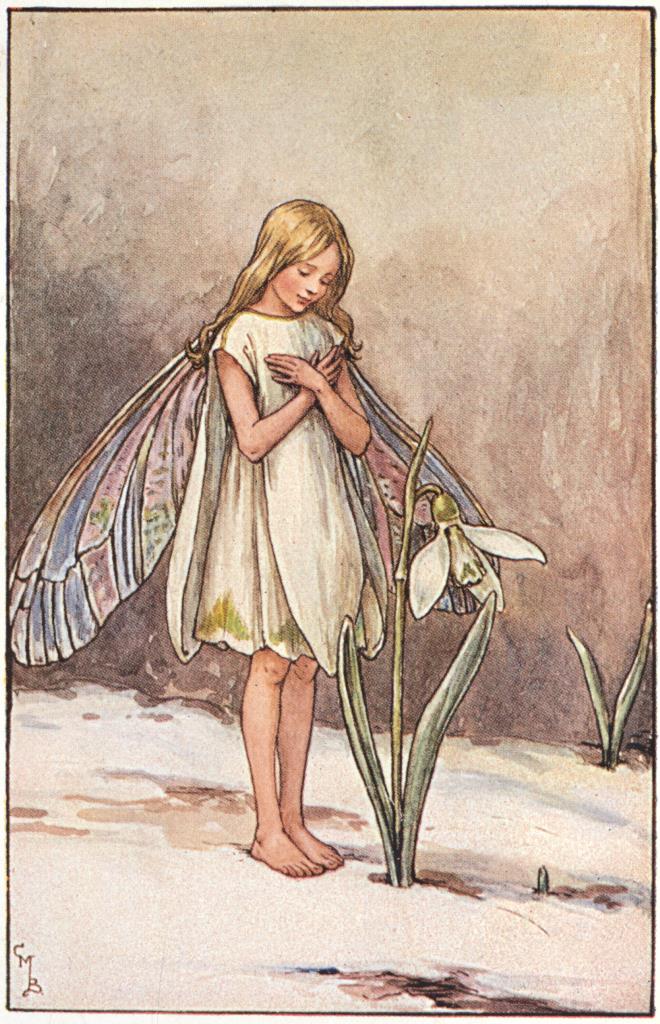The Snowdrop’s Secret: A Winter Legend of Hope and Renewal
When the world is wrapped in a blanket of frost, and the air is crisp with winter’s chill, the snowdrop (Galanthus) emerges as a quiet yet powerful symbol of hope. These delicate white flowers push through the frozen ground, defying the harsh cold and signaling the arrival of spring. But beyond their beauty, snowdrops carry rich folklore, scientific intrigue, and fascinating symbolism. Let’s dive into the enchanting world of the snowdrop flower.
Winter’s First Whisper: The Myth and Magic of the Snowdrop
At the beginning of life, when God created snow, it was colorless, and the snow went in search of a flower to lend it some color. The flowers were much admired by all because of their beauty and elegance, which made the flowers guard their colours with life. One by one, the flowers refused to help snow, fearing its cold nature. This was when the tiny snowdrop came forth and offered its colour out of kindness. The snow was overjoyed and, in gratitude, rewarded the snowdrop by making it the first flower to bloom at the end of winter, a sign of resilience and renewal.
The snow forever remained white, while the snowdrop and the snow lived side by side, passing down its story each Winter. Snowdrops are one of the few flowers that can withstand the coldness of the Winter, becoming its forever companion.
So there they were mingled and clinged
Snowdrop... the one to embrace her stiffened cold...
Yet, the only one to feel the warmth of her love so devoted...
For he was the one who chose to give and to stay...
And she was the one who chose to believe in the promise he made...
The snowdrop is more than just a pretty winter flower—it has some amazing characteristics that make it truly special.
A Harbinger of Spring
Snowdrops bloom earlier than most flowers, often appearing in late winter or early spring, sometimes even when snow is still on the ground. This makes them one of the first signs that warmer days are coming.
The “Milk Flower” of Nature
The scientific name Galanthus comes from the Greek words gála (milk) and ánthos (flower), meaning “milk flower.” The name perfectly describes its pure white petals, which seem to glow against the snowy landscape.
A Natural Snow Melter
Snowdrops have an incredible ability to generate heat, which allows them to melt the snow around them. This helps them emerge even when winter still lingers.
A Flower with Healing Properties
Snowdrops contain galantamine, a compound used in medicine to treat Alzheimer’s disease by improving memory and cognitive function. However, the plant itself is toxic if ingested, so it should be admired rather than consumed.
A Symbol of Luck and Sorrow
Depending on the culture, snowdrops can symbolize hope and good fortune or sometimes bad luck and mourning. In Victorian England, bringing a snowdrop into the house was considered unlucky because it was often found in graveyards. However, in other traditions, it represents new beginnings and resilience.
So the next time you see a snowdrop bravely emerging from the frozen ground, take a moment to appreciate its quiet strength and the promise of warmer, brighter days ahead.
References:
Snowdrop Fun Facts!Therapeutic and medicinal effects of snowdrop (Galanthus spp.) in Alzheimer's disease: A review
Image Credits:





Beautiful Facts! Loved your verse and perspective on it.
ReplyDeleteBeautifully written ❤️✨
ReplyDeleteBeautiful 🤩 work of literature !
ReplyDeleteDidn’t know much about this flower before, learned a lot by reading your blog :) Beautifully written ✨♥️♥️
ReplyDelete